Dan Glass has 25 years of experience in visual effects. As a VFX supervisor, he took care of the effects of many movies like THE MATRIX sequels, V FOR VENDETTA, THE TREE OF LIFE and JUPITER ASCENDING.
What is your background?
I studied Architecture and taught English abroad – perfect preparation for the role of VFX supervision!
How did you get involved on this show?
I’ve known David Leitch, the Director, for nearly twenty years since we worked together on THE MATRIX sequels, V FOR VENDETTA and JUPITER ASCENDING when he was a Stunt Coordinator.
What was your feeling to be in the Deadpool universe?
I’m not typically a big fan of superheroes and the fantastical but DEADPOOL is so subversive and happy to be tongue in cheek that it’s a lot of fun
How was this collaboration with director David Leitch?
David is really great to work with, very collaborative, trusting of his department heads but also bursting with ideas!
What was his expectations and approaches about the visual effects?
The intent was to be true to the world created by the first film but raise the stakes, action and comedy in the process. For a superhero film, the effects are relatively grounded and we tried to theorize real or pseudo physics for everything we could in order to give the movie visual credence.
How did you organize the work with your VFX Producer?
Tom Elder-Groebe, the VFX Producer, and I worked closely to find the right homes for the work as well as to deliver on a very short schedule. We broke out the work by character and also to some extent by environment as best we could.
Can you tell us more about the previz and postviz work?
Previz was handled by Steve Yamamoto’s Unit 11, Mike Neely and Image Engine in Vancouver. We concentrated on the larger action sequences well as the CG character work. Postviz was handled by The Third Floor in LA which was very important for helping the edit and the CG fight choreography.
What was your approach with the various big sequences and especially the convoy attack?
The convoy sequence required the most planning and preparation. We tried to always start from a real and photographic base wherever possible. We brought on DNEG who have a lot of experience with the kind of work we needed, CG vehicles, city environments and destruction. For the CG character work including Colossus we brought on Framestore Montreal and Method Vancouver who are both great with that kind of high end animation work.
The movie has two full CG characters with Colossus and Juggernaut. How was simulate their presence on-set and for their interactions?
For both of our CG characters we had stand-ins available with head gear that gave us a guide for their true height and eyelines for the camera operators and other actors. For scenes with interaction we built props to scale: gloves, a Colossus torso for Deadpool to hug and Juggernaut’s helmet so that our actors could work with something tangible.
How did you enhance the Colossus model since the first movie?
We gave Colossus something of a workout, sharpening his physique and cut of his musculature but his head shape was maintained for familiarity. We also changed the approach for creating his signature bands, using actual geometry which took a fair amount of thought to solve technically but the resultant effect looked great, permitting us to add jostling and vibration under extreme movements. The other thing we were able to do differently this time round was record the facial capture at the same time as the voice recording done by Stefan Kapicic so that the animation work could more accurately reflect the subtleties of Stefan’s performance.
The parachute sequence is really cool especially the end of it. Can you tell us more about its shooting and how you create it?
For the skydiving itself we hung the actors on wires but gave them a lot of float as well as freedom to the camera movement. In addition we further overrode the camera work in post, referencing sky diving photography to try to bring as much realism as possible. DNEG’s compositing supervisor Stephen James did a great job of making it all look very photographic and integrated.
Can you explain in detail about the design and the creation of Cable and all his toys?
David Scheunemann, our production designer, and his concept team produced some great art work early on that we developed further with DNEG to construct and engineer in 3D. Bill Corso and his Special Effects makeup crew provided the base prosthetic work, particularly around the neck while the arm itself is entirely digital at all times. Design-wise we were going for a kind of retro-tech that transitioned from full metal robot to organic virus fusing with his skin.
His trademark eye we designed to have a mechanical almost camera like machinery to it whilst emitting its signature glow when active. We gave him the ability to engage or disengage it through irising it open or closed so that we could make him feel more human or more cyborg depending on the context of the scene.
For his display tech, again from an early concept from art department, we worked with DNEG and Method to design a form of interface that was almost primitive in its holography, reminiscent of a 3d plotter – the interface was adapted for his shield technology also.
For his time travel, we shot some tests in conjunction with DP Jonathan Sela that played with blending multiple camera angles shot simultaneously – David Leitch wanted an effect for time travel that felt violent and painful to undergo.
And finally for his sonic weapon, developed in conjunction with DNEG and Method, we chose to base it on cymatics which is essentially visual vibrations produced by sound waves as we were keen to produce something that differed from regular weaponry or sci-fi laser-fare.
The convoy sequence is an impressive sequence. Can you explain in detail about his creation and all the destructions that happens during the fight?
The sequence required a huge amount of planning and designing and was a great partnership between practical stunt work and digital FX. We used a vast array of techniques to pull off the sequence from full blown stunts in real city streets to blue screen work on stage but always starting with as much of a practical base as possible. Extensive moving plates were shot with a multi camera array enabling us to adapt to the action camera work on stage. The large destruction crash at the end was predominantly CG but had to be carefully prefigured in order to build the physical aftermath set piece.
Can you tell us how you choose the various VFX vendors?
DNEG was a great and natural option due to their experience with CG vehicles, city environments and destruction, they also handled the design and development of Cable, time travel FX, Fire fist FX.
Framestore Montreal was chosen as our lead house for Colossus and Juggernaut for their experience with high end creature and character work
Method Vancouver shared some of the Colossus work on the back of some of their exceptional recent animation work. They also took on the prison sequence including Cable and his tech seen there as well as some of the early fight sequences and the After life.
Weta Digital reprised their role overseeing all Deadpool facial animation which lends a huge amount to the character in his mask along with some of the driving scenes.
Can you tell us more about your collaboration with their VFX supervisors?
I like building a collaborative atmosphere on a project, encouraging the teams to understand why things are happening not just what needs to happen. Mike Brazelton (DNEG), Stephane Naze (Framestore), Sean Konrad (Method) and Dan Macarin (Weta) all did an amazing job of shepherding their crews and bringing a lot of great ideas to the project in the process.
The vendors are all around the world. How did you proceed to follow their work?
Two of our vendors were in Vancouver which helped during photography and later reshoots but ultimately the world is much smaller due to Skype and cineSync enabling everyone to feel closely connected despite the distances.
How did you handle the challenge for the look and animation continuity for Colossus and Juggernaut amongst the various VFX vendors?
Juggernaut was solely handled by Framestore intentionally to minimize sharing of assets and animation. Colossus was shared between Framestore and Method but each had distinct scenes that were their own and we regularly shared renders and animation back and forth so that everyone was on the same page.
Where was filmed the different parts of the movie?
Aside from one small pickup in Los Angeles and a cameo of the X-MEN which was shot in Montreal, the entire film was shot on stages and on locations around Vancouver, Canada.
Which sequence or shot was the most complicated to create and why?
A shot we called the Magoo shot, which is a single long shot following Domino as she arrives in the city by parachute. She lands in a busy intersection, removes her harness, the parachute becomes tangled in a car which hits a lamppost which falls and causes a car to swerve into a gas station which explodes sending a gas pump across the street that hits a car that flies over Domino’s head and tumbles to form a ramp for her to easily run up and leap down to the convoy vehicle driving below that she drops into with ease. If the complexity of the shot weren’t enough (since it was almost entirely CG by necessity), we had only about 12 weeks to complete a shot that should really have been planned and implemented over many many months…..
Is there something specific that gives you some really short nights?
The whole project was planned, shot and completed in about a 12 month period which was a totally breakneck pace……
What is your favorite shot or sequence?
Always a hard question especially on a project like this but the Domino landing shot was great to design and see come together. On a different note, the interrogation scene, despite its simplicity, is really entertaining for its subdued use of VFX combined with some great performances and humor.
What is your best memory on this show?
Always love seeing a project with its final sound which is also usually a sign we are done or very close!
How long have you worked on this show?
End to end it was just over 12 months.
What’s the VFX shots count?
In the final movie there are 1562 shots, many of which were shared across one or more vendors.
What was the size of your on-set team?
We covered ourselves for two units / splinter units shooting at any one time with a set supervisor (myself or Felix Pomeranz) plus a Data wrangler (Stephen Tether, Stephen Johnson) and assistant (Tyler Gould, Nick Ghizas).
The office team cannot go unmentioned when talking about the set team as they are a crucial part of keeping it all together: VFX Producer Tom Elder-Groebe, Associate VFX Producer Ashley Bettini and Sr VFX Production Supervisor Nick Ghizas (man of many duties!)
What is your next project?
Straight into a FAST AND FURIOUS spin off project with David Leitch that sees many of the same team reunite for more action and adventure
What are the four movies that gave you the passion for cinema?
STAR WARS, APOCALYPSE NOW, BLADE RUNNER and BRAZIL.
A big thanks for your time.
© Vincent Frei – The Art of VFX – 2018


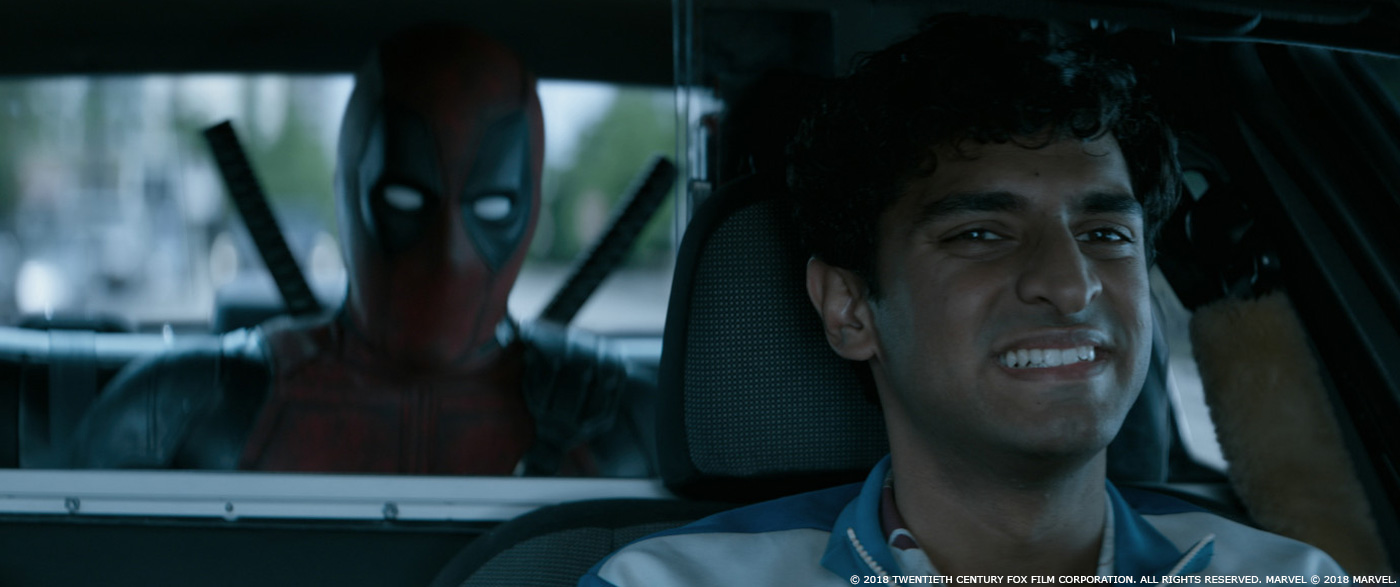
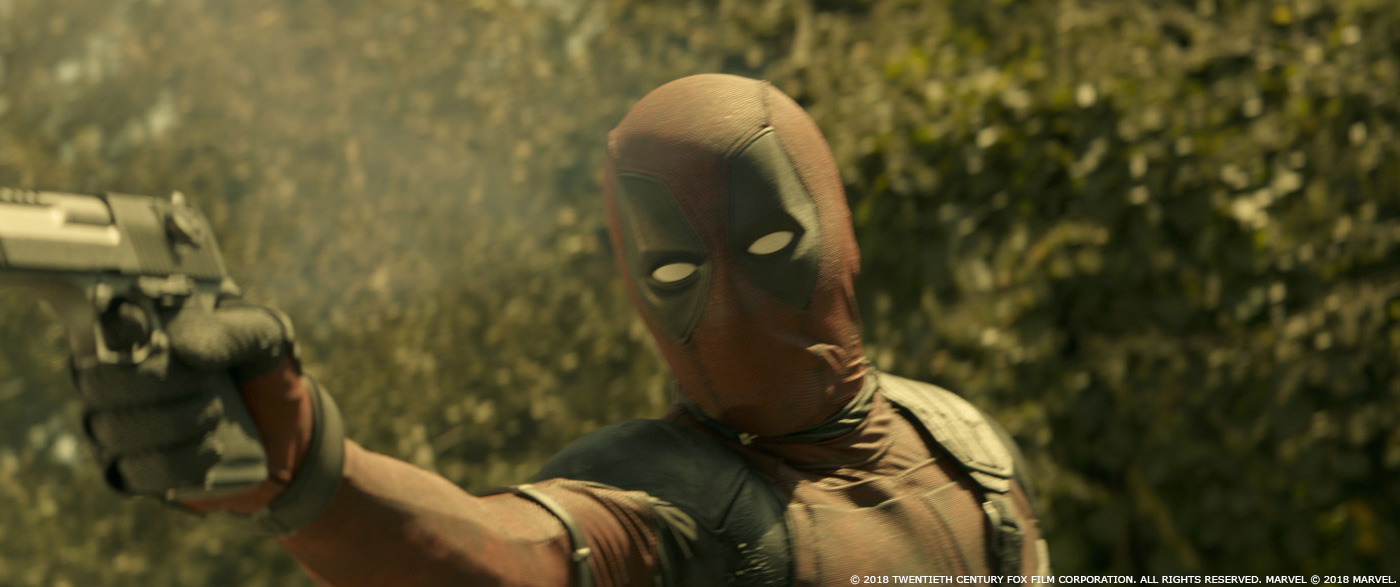
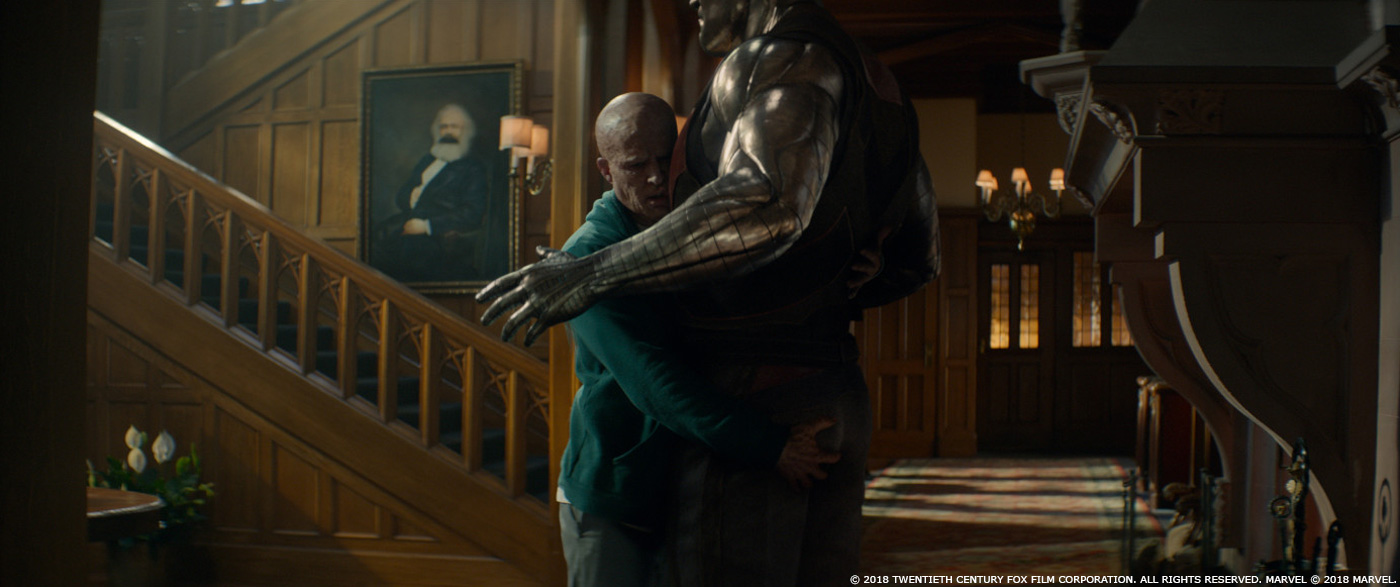
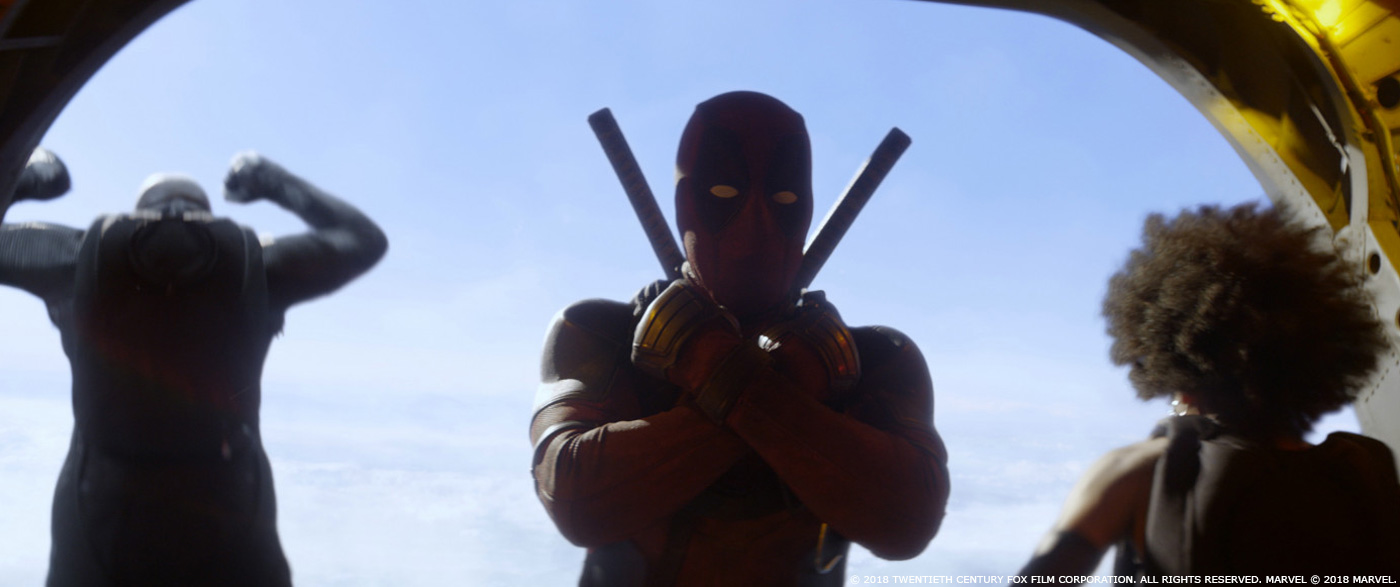


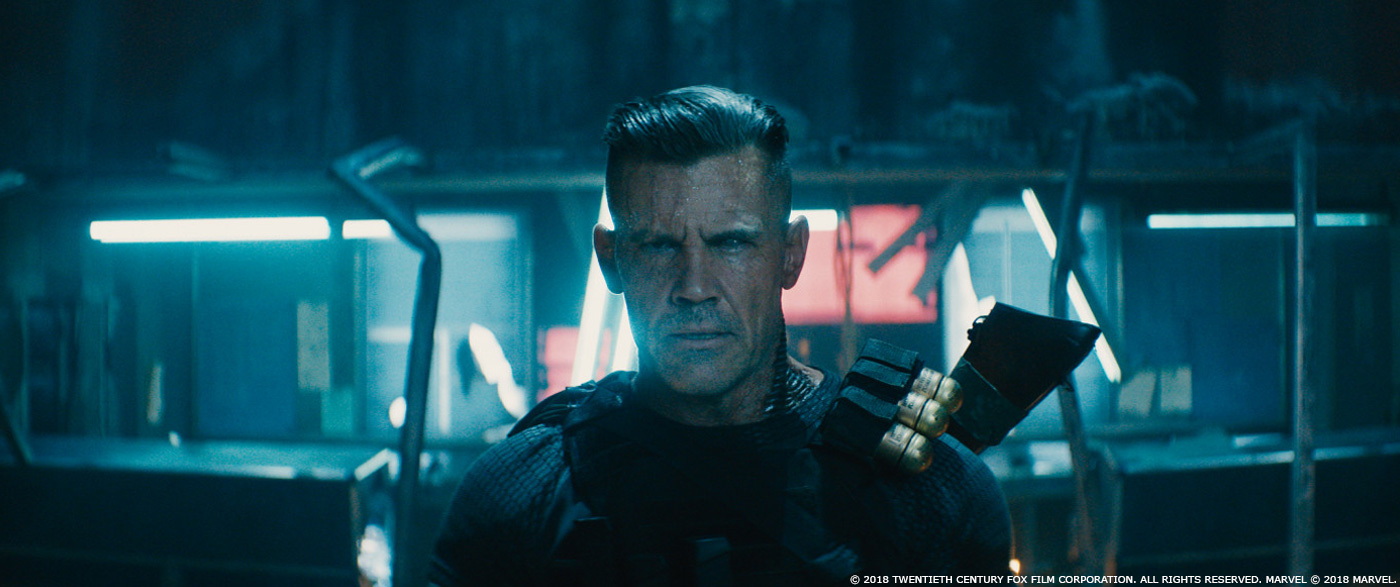
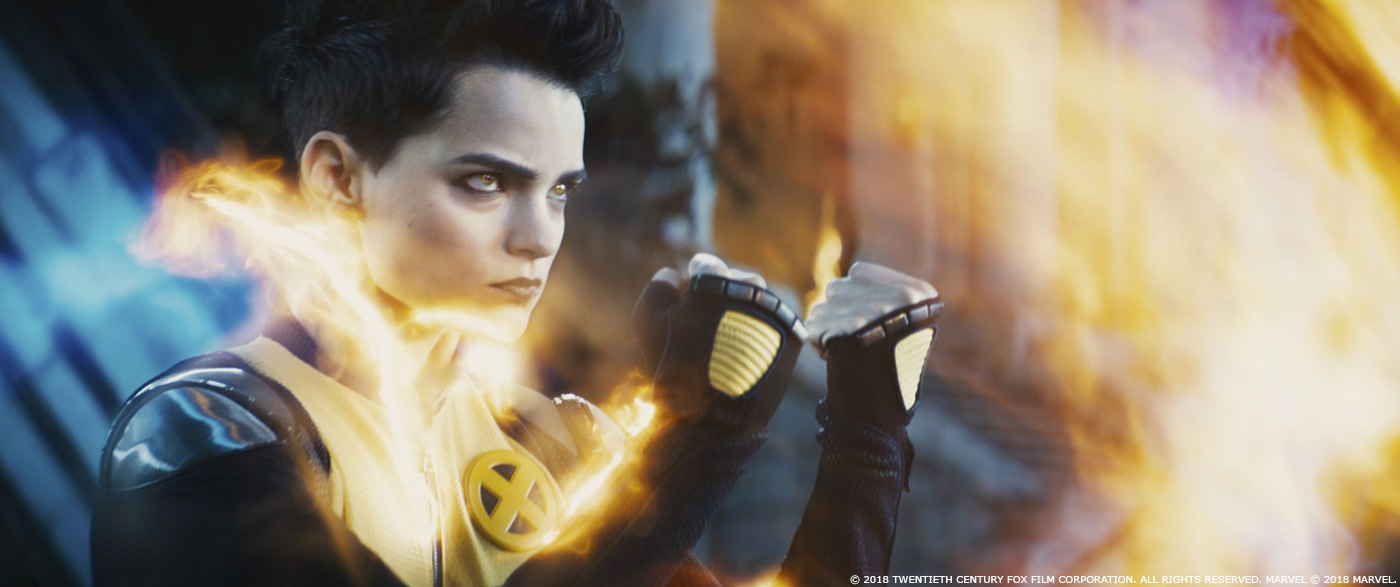



It’s all about vfx